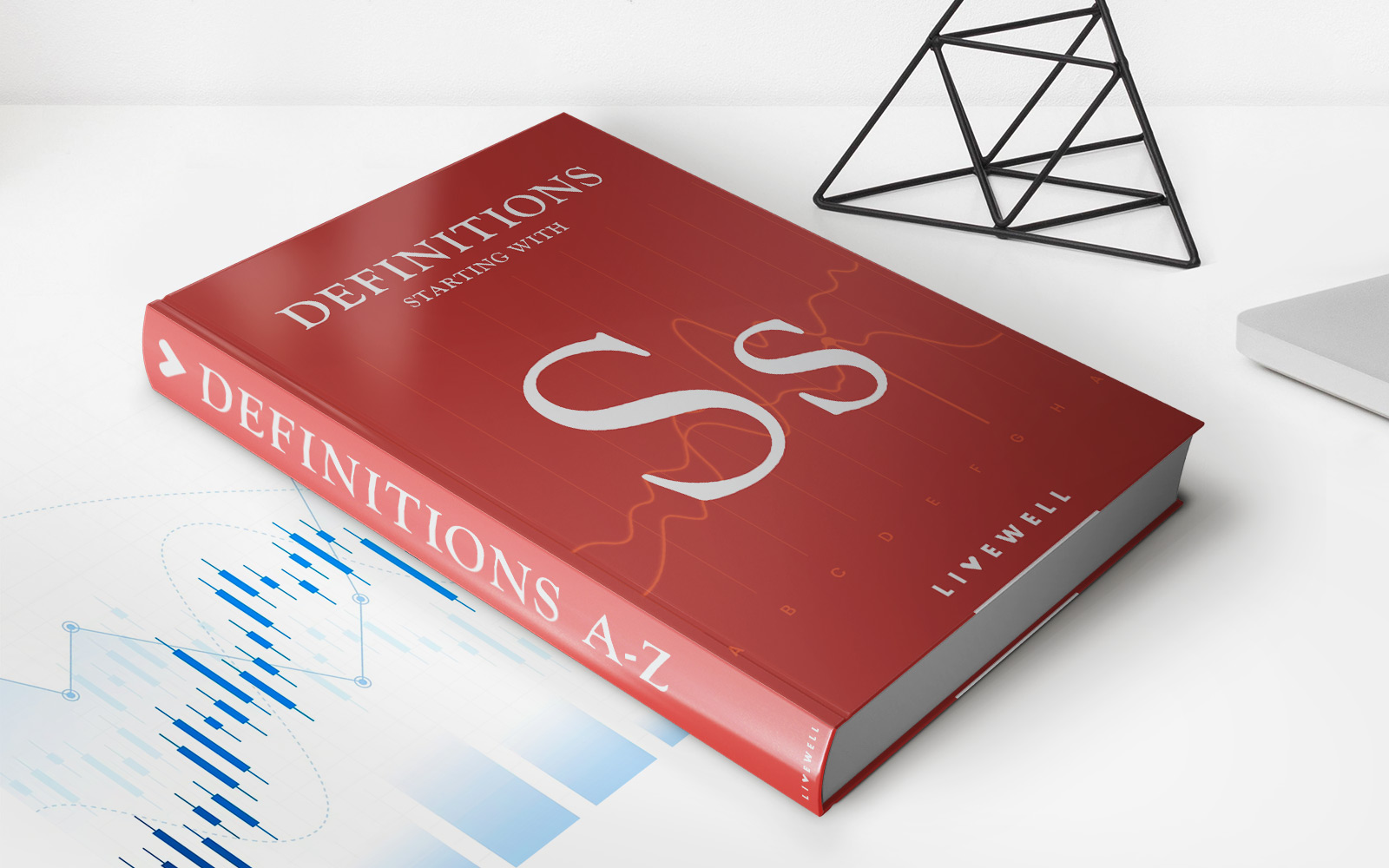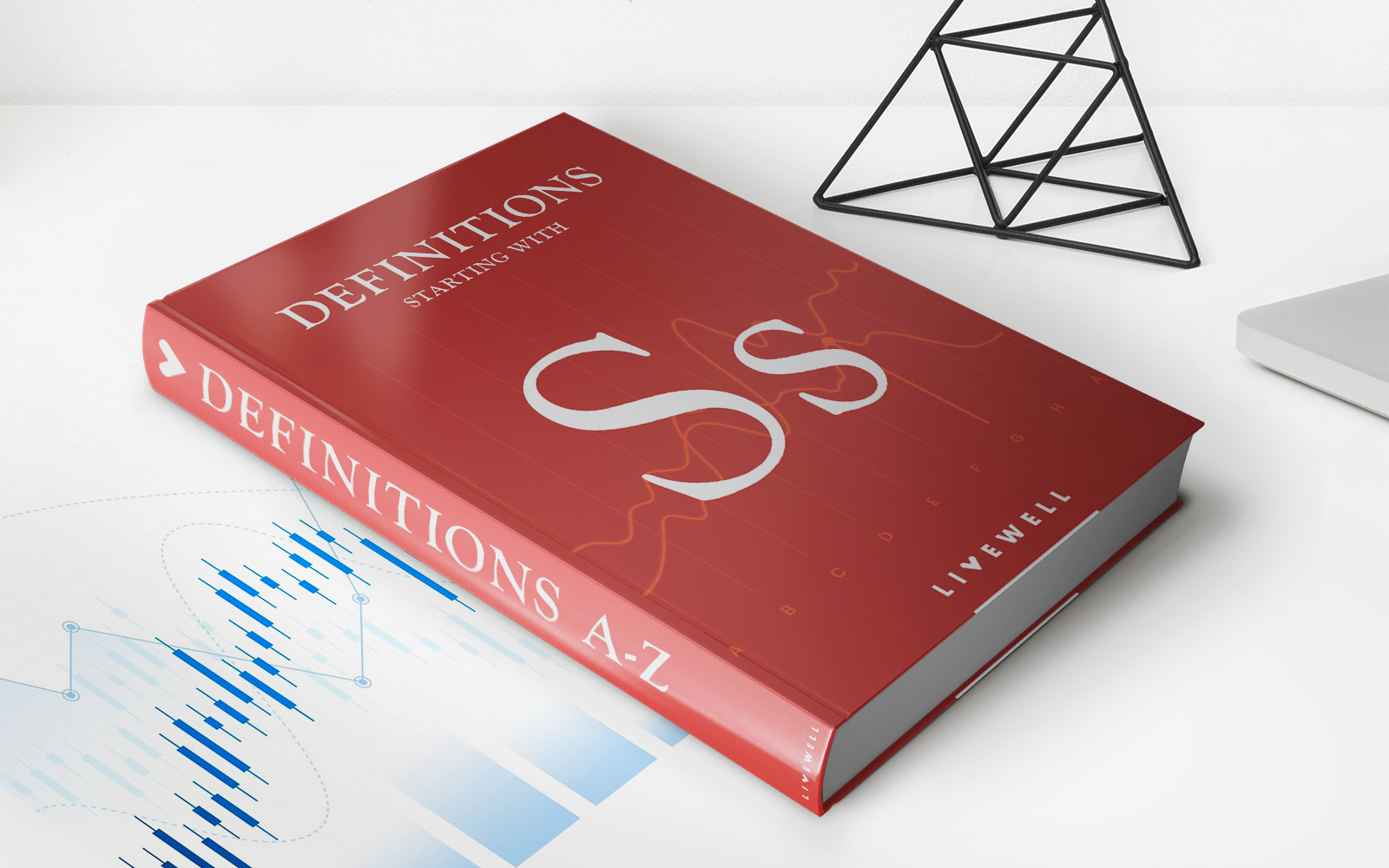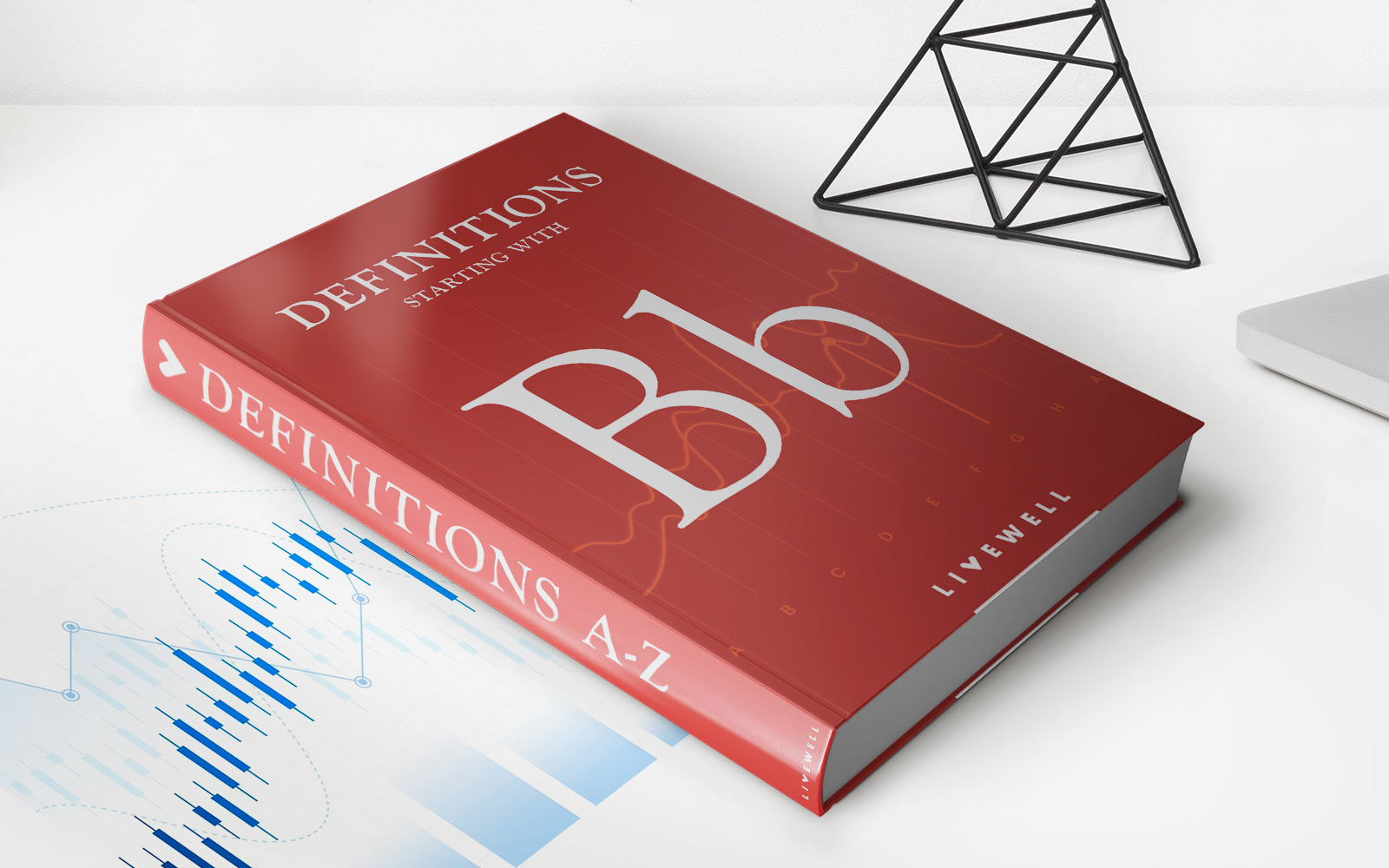Home>Finance>How Do Options Contracts Work To Hedge Exchange Rate Risk?


Finance
How Do Options Contracts Work To Hedge Exchange Rate Risk?
Published: February 29, 2024
Learn how options contracts can be used to hedge exchange rate risk in finance. Understand the mechanics and benefits of using options for risk management.
(Many of the links in this article redirect to a specific reviewed product. Your purchase of these products through affiliate links helps to generate commission for LiveWell, at no extra cost. Learn more)
Table of Contents
Introduction
Exchange rate risk is a significant concern for businesses engaged in international trade. Fluctuations in currency exchange rates can have a substantial impact on a company's bottom line, potentially eroding profits or even leading to financial losses. In the realm of finance, options contracts present a valuable tool for mitigating the adverse effects of exchange rate volatility. Understanding how options contracts work to hedge exchange rate risk is crucial for businesses seeking to protect their financial interests in the global marketplace.
Options contracts are financial instruments that provide the holder with the right, but not the obligation, to buy or sell a specified asset at a predetermined price within a set timeframe. When it comes to managing exchange rate risk, options contracts can be utilized to establish a level of certainty regarding future currency exchange rates, thereby safeguarding against potential losses resulting from adverse movements in the exchange rate.
In this article, we will delve into the intricacies of options contracts and their role in mitigating exchange rate risk. By gaining a comprehensive understanding of how options contracts function in the context of hedging exchange rate risk, businesses can make informed decisions to protect their financial interests in the global marketplace.
Understanding Options Contracts
Options contracts are derivative instruments that grant the holder the right, but not the obligation, to buy (call option) or sell (put option) a specific asset at a predetermined price, known as the strike price, within a specified period. These contracts are commonly used in financial markets to hedge against price fluctuations, including those related to foreign exchange rates.
There are two primary types of options: call options and put options. A call option provides the holder with the right to buy the underlying asset at the strike price before the expiration date, while a put option grants the holder the right to sell the underlying asset at the strike price within the specified timeframe.
Options contracts also have an associated premium, which is the price paid by the buyer to acquire the rights conveyed by the contract. The premium is influenced by various factors, including the current market price of the underlying asset, the contract’s strike price, the time remaining until expiration, and the level of volatility in the market.
It’s important to note that options contracts can be utilized for speculative purposes, allowing investors to potentially profit from anticipated price movements. However, in the context of hedging exchange rate risk, options are employed to protect against adverse currency fluctuations that could impact the value of international transactions and investments.
By understanding the fundamentals of options contracts, businesses can effectively navigate the complexities of managing exchange rate risk. The strategic use of options provides a means to mitigate the potential negative impact of currency volatility, offering a level of financial protection in the ever-changing landscape of international trade and finance.
Exchange Rate Risk
Exchange rate risk, also known as currency risk, refers to the potential for financial loss arising from fluctuations in the value of one currency relative to another. For businesses engaged in international trade or investment, exchange rate risk poses a significant concern, as it can impact the profitability and competitiveness of cross-border transactions.
There are several factors that contribute to exchange rate risk, including economic indicators, geopolitical events, interest rate differentials, and market speculation. These variables can lead to unpredictable movements in currency exchange rates, exposing businesses to uncertainty and potential financial exposure.
When a company conducts transactions in foreign currencies, exchange rate fluctuations can affect the value of future cash flows, the cost of imported goods, and the competitiveness of exported products. Unfavorable movements in exchange rates may erode profit margins, disrupt budgetary planning, and introduce uncertainty into financial projections.
Furthermore, exchange rate risk extends beyond transactional impacts, influencing the valuation of foreign assets and liabilities, as well as the translation of financial statements denominated in foreign currencies. These dynamics underscore the pervasive nature of exchange rate risk and its relevance to the financial performance and stability of multinational businesses.
Given the potential ramifications of exchange rate volatility, it is imperative for businesses to employ effective risk management strategies to mitigate the adverse effects of currency fluctuations. Options contracts offer a valuable mechanism for addressing exchange rate risk, providing a means to establish a level of certainty in the face of currency market turbulence.
By comprehensively grasping the nature of exchange rate risk and its implications for international business operations, organizations can proactively implement risk mitigation measures, thereby fortifying their financial resilience in the global marketplace.
Using Options Contracts to Hedge Exchange Rate Risk
Options contracts serve as a potent tool for businesses to hedge against the adverse impacts of exchange rate risk. By strategically utilizing options, companies can mitigate the uncertainty stemming from currency fluctuations, thereby safeguarding their financial interests in international trade and investment activities.
One of the primary strategies for using options contracts to hedge exchange rate risk involves the implementation of currency call and put options. A currency call option provides the buyer with the right to purchase a specified amount of foreign currency at a predetermined exchange rate within a set timeframe. This enables the holder to protect against potential appreciation of the foreign currency, thereby securing a favorable exchange rate for future transactions.
Conversely, a currency put option grants the holder the right to sell a specified amount of foreign currency at a predetermined exchange rate within the contract’s duration. This strategy is employed to mitigate the risk of currency depreciation, allowing the holder to lock in a favorable exchange rate for the sale of foreign currency.
By incorporating currency call and put options into their risk management framework, businesses can establish a level of predictability in their foreign exchange transactions, effectively mitigating the impact of adverse currency movements on their financial performance.
Another approach to using options contracts for hedging exchange rate risk involves the implementation of collar strategies. A collar strategy combines the purchase of a currency call option with the simultaneous sale of a currency put option, establishing a predetermined range within which exchange rate fluctuations are managed. This strategy allows businesses to limit their exposure to adverse currency movements while retaining the flexibility to benefit from favorable exchange rate shifts within the established range.
Furthermore, options contracts can be tailored to address specific risk profiles and operational requirements, providing businesses with a versatile toolkit for managing exchange rate risk in alignment with their unique financial objectives.
By leveraging options contracts to hedge exchange rate risk, businesses can proactively fortify their financial positions, enhance predictability in international transactions, and mitigate the potential negative impacts of currency volatility on their bottom line.
Conclusion
Exchange rate risk poses a formidable challenge for businesses engaged in international trade and investment, necessitating the implementation of robust risk management strategies to mitigate its potential adverse effects. Options contracts emerge as a valuable instrument in this context, offering businesses a means to hedge against the uncertainties stemming from currency fluctuations and safeguard their financial interests in the global marketplace.
By comprehensively understanding the mechanics of options contracts and their application in hedging exchange rate risk, businesses can proactively navigate the complexities of international finance, fortifying their financial resilience and enhancing predictability in cross-border transactions.
Through the strategic use of currency call and put options, businesses can secure favorable exchange rates and protect against potential currency appreciation or depreciation, thereby mitigating the impact of exchange rate volatility on their financial performance. Additionally, collar strategies provide a versatile approach to managing exchange rate risk, allowing businesses to establish predetermined ranges within which currency fluctuations are effectively controlled.
It is imperative for businesses to recognize the pervasive nature of exchange rate risk and its implications for financial stability, profitability, and competitiveness in the global arena. By integrating options contracts into their risk management framework, businesses can proactively address exchange rate risk, fortifying their financial positions and bolstering their resilience in the face of currency market turbulence.
Ultimately, the strategic utilization of options contracts empowers businesses to navigate the intricacies of international finance with confidence, enabling them to mitigate the potential negative impacts of exchange rate volatility and optimize their financial outcomes in the dynamic landscape of global trade and commerce.














